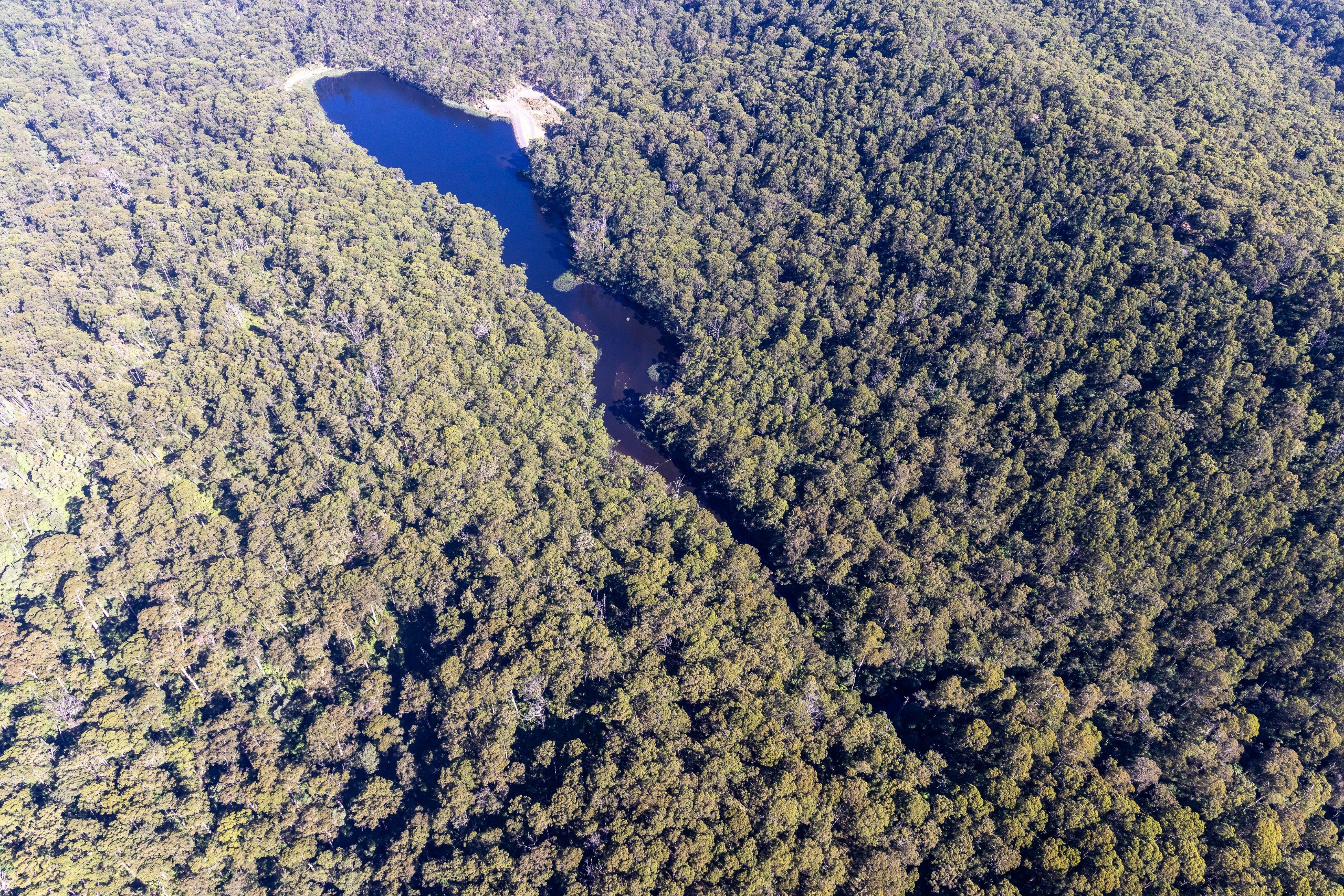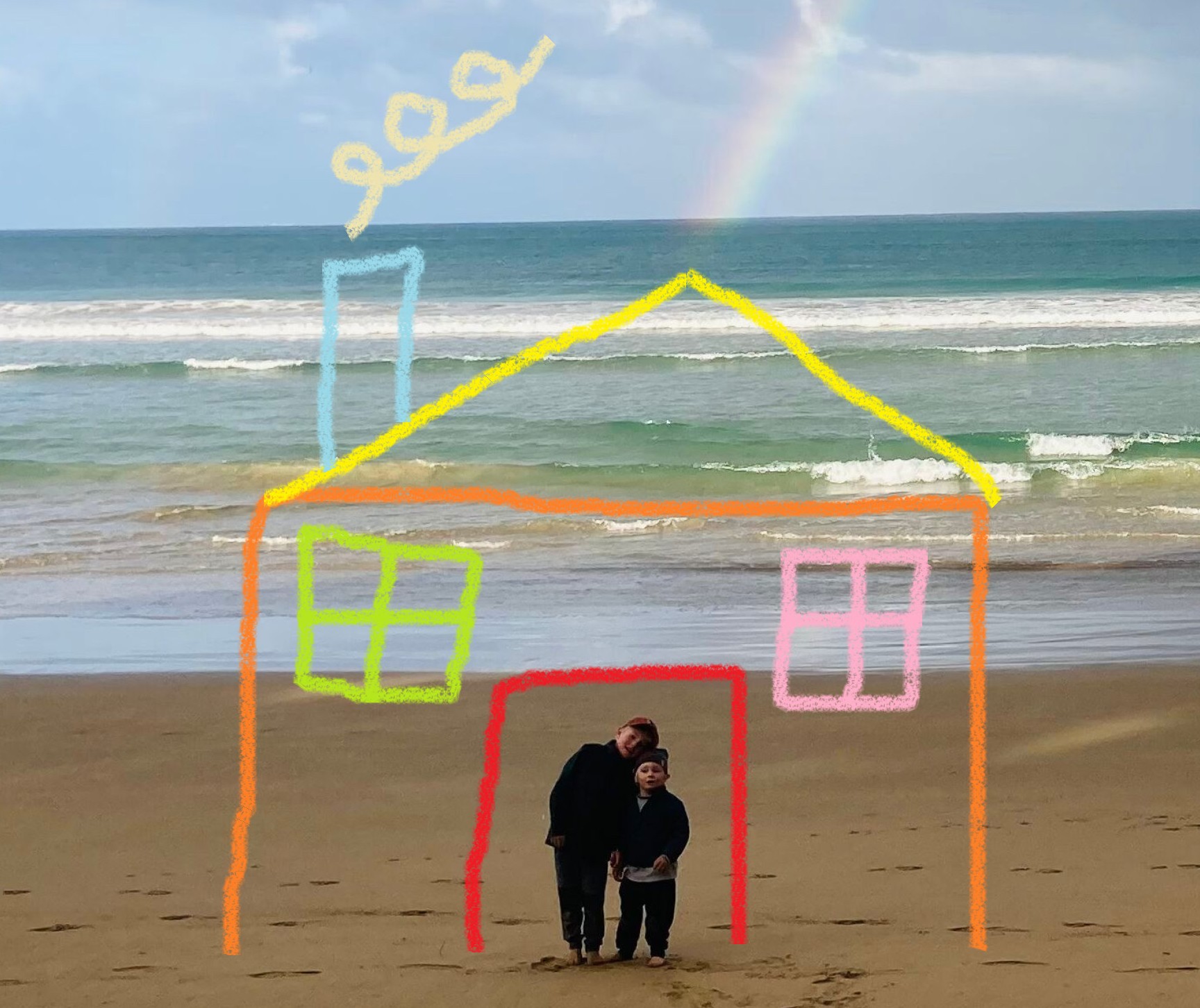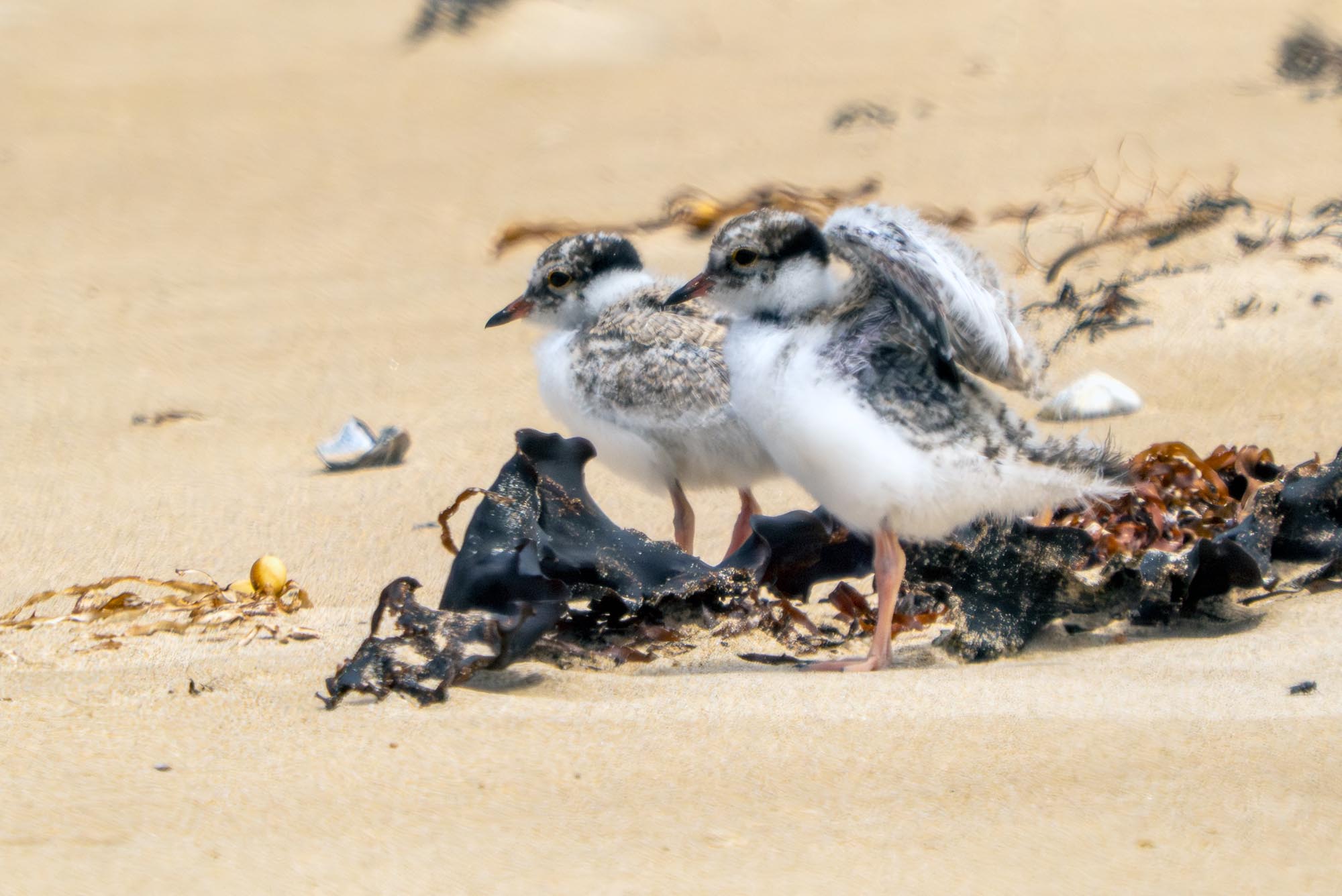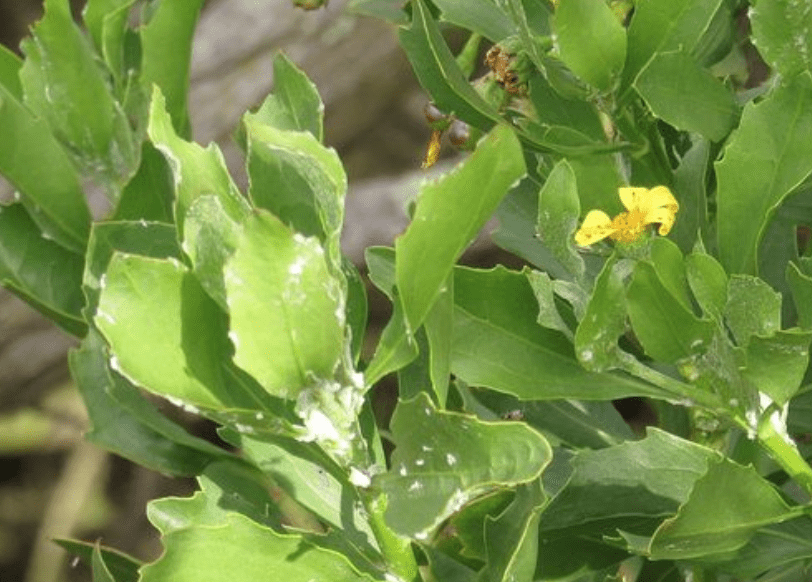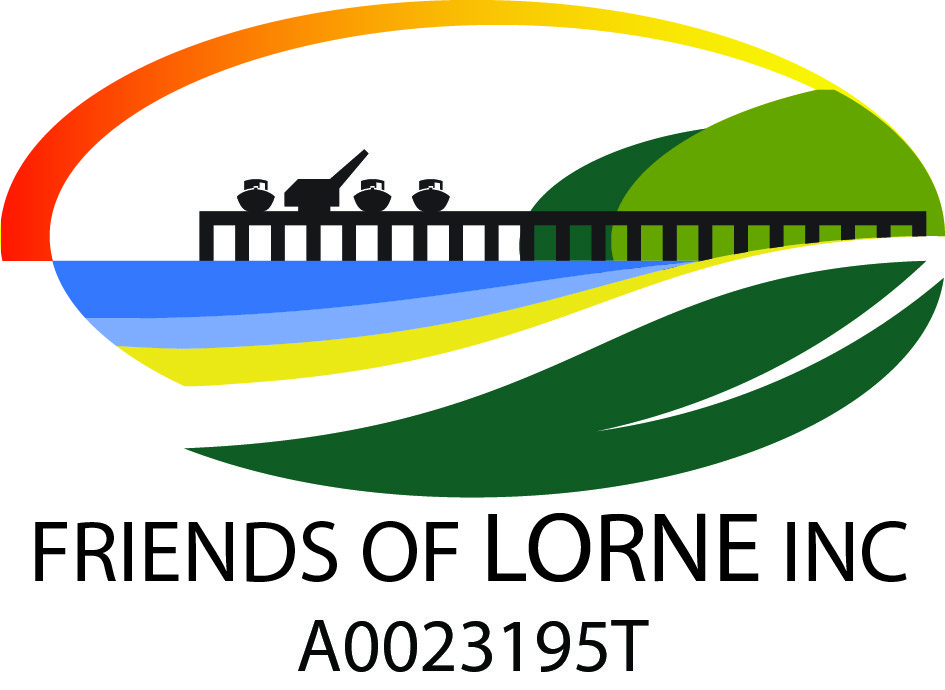
Occasional Newsletter,
November 2024
RSVP for our AGM please
We will be out at Qdos once again, thanks to Gillian Oliver and Graeme Wilkie. Saturday 30 November 2024 4-6pm. The first part is the meeting. The second part is the ever-popular drinks and nibbles. But you need to RSVP here please, so we can plan the catering.
The year in review is contained in the President’s report. You can read up on Pt Grey, planning application reviews, the Shire’s planning scheme review, the GOR communities’ network, tea tree removal on the foreshore, wildlife conservation, and more. We rely on you to read the report in advance as there is only time in the meeting itself for report highlights, plus questions on all our activities.
We asked for nominations for office bearers and the committee in our formal notice of meeting. The nomination date is 23 November. We have been carrying a vacancy on the Committee. So do consider joining us please. Our pitch: we do good things and we are pleasant to be with! How’s that?
All the other meeting papers are on our meetings page on our website.
____________________
Is there enough water for us and the platypus?
Colin Leitch
Barwon Water has established a community working group (CWG) to provide advice about the management of Lorne’s water supply system, with particular reference to proposing ways to meet Lorne’s water supply requirements in the future.
At around the time that the CWG started meeting, Barwon Water established an environmental flows study to develop minimum flow recommendations for both the St George River and its estuary.
The consultants engaged for the study provided the final report recently. The CWG have discussed the report and will now go through a process of preparing a response. To facilitate this, Barwon Water will use an engagement specialist who will devise a questionnaire for CWG members to complete and use the answers to prepare a proposed response for the CWG to consider.
The understandings that I’ve gained during the Flows study include:
*the capacity of the Allen Reservoir is considerably less than Lorne’s average annual water consumption. This means that we can’t rely on storage of winter and spring flows to get through any summer and autumn dry periods. It’s the relatively small inflows during the dry months that prevent the reservoir from emptying quickly.
*The Allen reservoir only has minor impacts on stream flows during wet periods. However, in dryer periods, the reservoir can store all of the inflows from its catchment. There is no requirement to provide passing flows. This denies the river immediately downstream of the reservoir of any flows. This impact is mitigated with distance downstream due to the natural inflows of tributaries to the St George River. It should be noted that the catchment to the reservoir is roughly half of the entire catchment of the St George River.
*the Allen Dam was constructed in 1958 and has been impacting the downstream riverine and estuarine communities since then. No assessments have been carried out however, so these impacts are unknown. It is heartening that platypus colonies exist in the changed flow regime of the river.
*Sufficient rainfall and stream gauging records exist for Barwon Water to create a model of the river flows that could be expected under natural conditions. The modelling can also be used to predict flows resulting from climate change impacts.
*The consultants used a detailed procedure known as FLOWS2 for estimating the flow requirements of the St George River. This included using their collective judgement to specify what minimum flows in the river would be required to maintain riverine and estuarine communities. In their final report they provided a detailed set of flow timings and quantities for baseflows, freshes, high flows, and overbank flows.
*Barwon Water used modelling to see what impact these minimum flow specifications would have had if applied in the years 2018 to 2024. This of course was a period dominated by La Niña events, when the river’s baseflows were generally sufficient to keep the reservoir full throughout the year. The modelling indicated that applying these minimum flow rules would have required water use restrictions to be imposed every year and that the reservoir would have emptied in three of those seven years. This clearly isn’t going to happen! The challenge for the CWG now is to use this information to determine whether environmental flows should be provided. If so, how can Lorne’s security of supply be maintained?
__________________
A step closer to key and essential worker housing
All of us are affected when we can’t house teachers, hospital workers, cleaners, care workers, hospitality staff or emergency workers in Lorne. Since our webinar series last year, Friends of Lorne has been advocating for some coordinated planning on housing. We put together a progress report for the Committee for Lorne (CfL) on the various options being pursued so far and what we have learned. This prompted a special CfL meeting on housing in September (the draft minutes are here).
The next meeting is in December. The Surf Coast Shire will explain how they can support the development of a range of solutions in Lorne. A sum of $50,000 has been set aside by the Shire in addition to planning officer time.
If you need to get up to speed on our work last year, go to our Lorne Affordable Housing webpage. If you are keen to take part in these deliberations or to contribute information/advice, please get in touch at committee@friendsoflorne.org.au
Everything we have achieved so far is based on volunteer time and skill. Thank you.
_______________________
The first hooded plover nest of the season failed
We were all a flurry a few weeks ago when it seemed imminent that we would have three-inch-high hooded plover chicks wandering the sand looking for food in the wet sand on the beach in front of the Mantra. Signs went up. Fencing went up. Volunteers swung into action. It was Cup weekend and Lorne was packed.
We waited and waited. Eventually, after a test on the eggs, GORCAPA concluded that the nest had failed. These are not last season’s hoodies. These were new parents. EV (the male) tried to nest in Moggs Creek last season, but a super high tide washed his nest away. The theory is that this time he and his partner were induced to spend too much time off the nest warding off other hoodies, possibly vying for the same territory. The parents were observed off the nest for extended times, chasing away intruders on a hot day when the temperature might have killed the eggs.
What we pulled off last year was a miracle, thanks to a swathe of volunteers. We would like to replicate the miracle. But in the President’s report we explain how we have encountered some inter-agency differences about wildlife protection best practice.
GORCAPA is confident that EV and his partner will try to nest again this season. So stay tuned. And if you fancy volunteering, please get in contact. We need you. It’s not onerous. And it’s a treat to be on the beach making a real-time difference to a vulnerable species’ survival.
__________________
NATURE NOTES
Golden Weeds around Lorne
Eva J Youl
Our coastal habitats have infestations of garden escapees. In Lorne two golden imposters come to mind. Lorne Care, Friends of Lorne and other community members have been pulling these out while the soil was moist. These golden weeds spread rapidly and displace native plants and grasslands, which can result in habitat loss for plant, animal, and insect species. As you can see from the photos they are attractive plants when flowering.
Boneseed was introduced to Australia from South Africa as an ornamental garden plant in the 1850s. Boneseed grows in a wide range of conditions but prefers sandy or loamy soils in the cooler and wetter regions
It is a woody shrub (to 2-3 metres high) from the daisy family and produces typical ‘daisy-like’ bright yellow flowers in late winter to spring. Round hard fruit are produced during summer and spread by animals such as birds and foxes, as well as through water, garden refuse and soil movement.
Seeds can germinate at any time of year, but most prolifically in Autumn after rains. They can remain viable for up to 10 years. Fire and physical disturbance can also trigger germination.
Boneseed is a prolific seeder and mature boneseed plants can produce up to 50,000 seeds per plant. The seedbank for boneseed can remain viable for at least 10 years.
Boneseed is well adapted to fire, responding more rapidly than native species, even to low intensity fire.
A pop-up working bee was organised by Christina and held on 11 October 2024 after the planned burn in Queens Park. Boneseed was sprouting along the new fire track. Fortunately, I had Mary to help me identify the masses of little plants.
Broom
Names of Broom seem to have a United Nations approach to origin. English, Scottish, Spanish, French and Cape are a few. Broom plants are small-to-medium sized shrubs with evergreen or deciduous foliage that grow quickly in a bushy habit. Leaves are green and small, usually lanceolate. The two main species that share the common name broom are Cytisus and Genista.
In Lorne it is the English (or Scotch?) variety that was again used in gardens, and still sold in plant nurseries. English Broom (Cytisus scoparius) is a native plant of western, southern and central Europe that is a large shrub with deep yellow flowers.
Broom is naturalised in South Australia, New South Wales, Victoria and Tasmania.
This means it reproduces consistently without direct human intervention. It is a highly invasive, environmental weed that has invaded over 200,000 hectares, and has continued to spread. It has invaded numerous native vegetation communities, and is one of the major weed threats in the alpine and sub alpine areas of Australia.
Apparently during summer the black seed pods of broom explode producing an audible cracking sound. I haven’t heard it myself but hopefully plants are removed before they get to this stage!
Agriculture Victoria website says that Broom is controlled in the Corangamite catchments but I think it should be classed as a noxious weed in all catchment areas. Both Broom and Boneseed are listed on the Surf Coast Shire top 20 weeds.
On 20th October 2024, Lorne Care, Friends of Lorne and Friends of Queens Park had a working bee to pull up young seedlings of Broom near the Tramway Track. Different groups of walkers from interstate were interested in what was happening and one couple asked me about making a financial donation for this good work. Financial support is great. But even better is more willing hands to pull out weeds when they are little and the soil is still moist.
Lorne school puts the spotlight on the environment
OK, so now you really have to read the President’s report. Otherwise you won’t know the significance of us featuring Lorne P-12 College’s recent production “Save the Pilkip.” It was an absolute delight. The play was written and performed by the students. They managed to poke fun at practically every group and organisation in town. An important environmental message carried the day. Congratulations and many thanks to the school for the photos. Oh, and in case you don’t recognise them, that’s the Op Shop ladies in the second photo.
NOTE: All articles are by the Committee unless otherwise indicated. Contact us at committee@friendsoflorne.org.au
